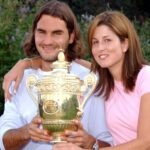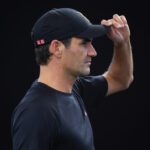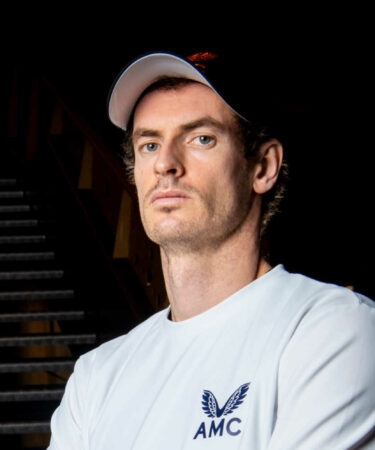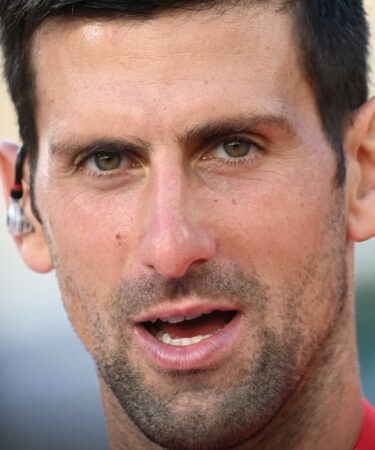Lessons from writing The Roger Federer Effect: “His sheer love of tennis shines through and he never lost his goofy side”
Simon Cambers, the co-author of The Roger Federer Effect and a regular Tennis Majors contributor, details how the book was put together and what he learned from writing about the recently-retired Swiss
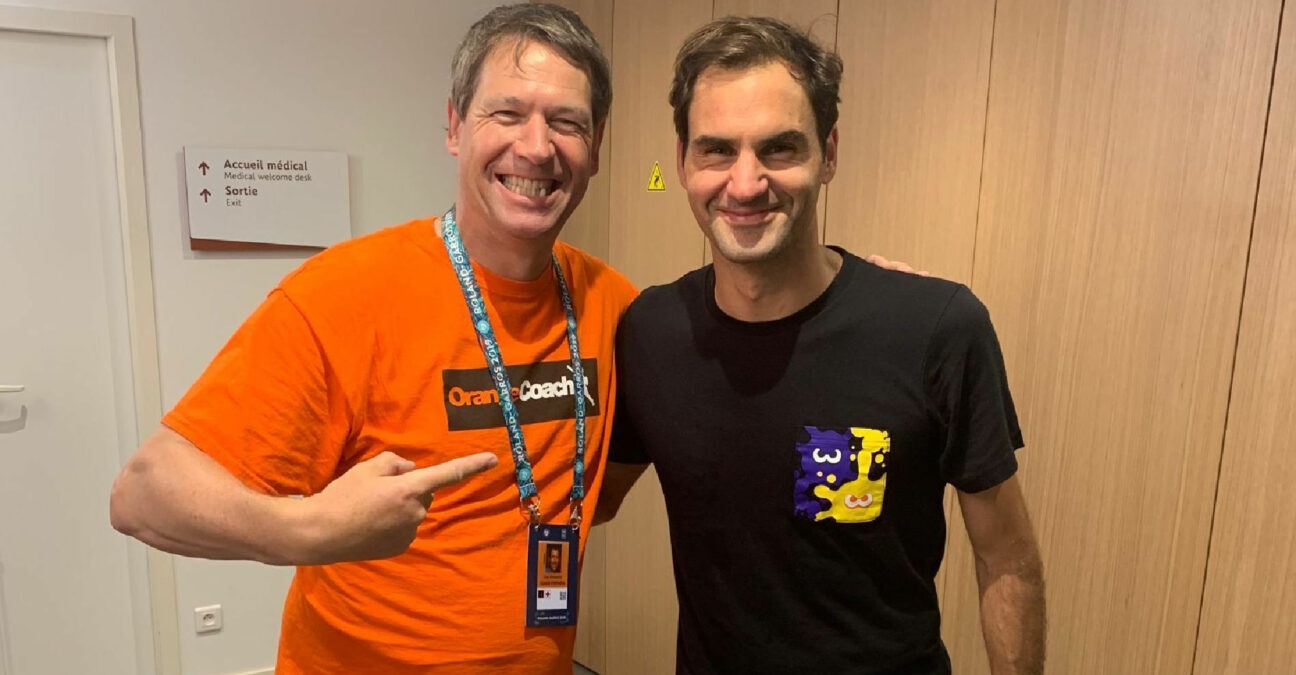 @ Sven Groeneveld
@ Sven Groeneveld
The Roger Federer Effect was published on October 31, the culmination of a year and a half of work shared equally between myself and Simon Graf, the renowned Swiss journalist and authority on all things Roger Federer, having covered his entire career.
In the process of more than 40 exclusive interviews, we spoke to his rivals, fans, friends, peers, coaches and even politicians, skiers, musicians, film directors, commentators and photographers, trying to explore how and why Federer became such a revered figure inside and outside of the sporting world.
The result is a book both Simon Graf and I are proud of and one that we really hope people like too. It’s not a chronological history of Federer’s career; we don’t take people through all his wins and losses, it’s not a traditional biography. The idea was to try to tell the story of his incredible career in a new way, through the eyes of those he impacted the most, detailing their encounters with him and experiences in being part of his world.
People loved to share their stories
As always with these kind of projects, finding the people to speak to takes time. Both of us have our contacts in the tennis world and we shared the work accordingly; Simon Graf took care of most of Federer’s early career, from his friends as a junior, like Danny Schnyder, who beat him eight times in a row, to Marco Chiudinelli, who became a professional; to his earliest coaches and to many of the Swiss who helped shape his career in the early days, like Marc Rosset. I spoke to others in that period, like Darren Cahill, who was best friends with his first real professional coach, Peter Carter. Cahill was especially well placed to talk about Federer because he saw him as a junior when he was coaching Lleyton Hewitt. I spoke to John Bercow, the former Speaker of the House of Commons who made Federer’s name a fixture in the UK parliament; Simon G chatted with Anne-Sophie Mutter, the world famous violinist, and so on.
In speaking to so many different people, it was striking how much they all enjoyed talking about Federer. From his friends, and his super-fans, that’s not surprising, but from the coaches of his rivals, like Toni Nadal, Marian Vajda and Mark Petchey, to players who beat him and in many cases, like James Blake, lost to him frequently, there was nothing but respect, warmth and admiration. Many equate his popularity with how genuine a person he is. He didn’t have to try to be loved, it just came naturally, through his tennis and the person he is.

Federer never lost his love for tennis
The thing that came across from everyone we spoke to is just how much Federer loved tennis. It sounds simple but as we know from the likes of Andre Agassi, that’s never a given. But Federer was really almost unique in his child-like love for the sport, which barely diminished even as he endured yet another trip through yet another airport.
He loved the travel – he always said that – and it doubtless helped that for the vast majority of his career he had his wife Mirka by his side, first on her own, then with their children, while Federer’s parents, absolutely key figures, doubled up as baby-sitters when required. Their presence ensured a sense of normality and stability that allowed him to do what he did, for as long as he did.
When I saw Federer at the Laver Cup and briefly had the chance to mention the book – he knew about it, of course – he wished me luck, saying that he is looking forward to reading it. He’s a busy man, even now he has finished tennis, but if that ever happens, that’s great. It was just nice of him to say it. We’ve sent copies to his family, too, in English and German.
I also told Federer that his love of tennis came through and that another thing many interviewees said was that he always managed to retain the “goofiness” they saw in him when he was young. Where Federer went in the locker rooms, there was always laughter and as the photo at the top of this article, which Sven Groeneveld shares with us in the book, he still enjoys a prank, as he shows in the photo, where he is “pulling the back of my shirt to make me look fat”, as Sven says.
Enjoyable collaboration, bringing forward publication
The process of writing the book was really enjoyable, not least the relationship with Simon Graf, who was a pleasure to work with. We both conducted the interviews and put the book together in addition to our daily jobs, having regular Zoom chats with each other to discuss chapters. As a freelance for more than 20 years, I have almost always written for more than one publication at each event, so being able to really focus on one thing, as I did, particularly in the three weeks immediately after Wimbledon, was a genuine pleasure.
We spoke to a wide range of people, which is something that makes the book more interesting, I hope. Each of them has an interesting angle on Federer, their own tale to tell. I loved chatting with Mary Carillo about commentating on Federer, with Ella Ling, about photographing him, with Pat Rafter, about playing him and taking him out for beers. Stefanos Tsitsipas and Matteo Berrettini were particularly interesting talking about their hero while Coco Gauff and Ons Jabeur were great, Craig O’Shannessy shares a secret about Federer’s stunning 2017 Australian Open victory and Sergiy Stakhovksy talks about Federer’s role behind the scenes.
The book was originally due to be published in March 2023, but once Federer announced that he planned to retire at the Laver Cup in September, we worked closely with Pitch Publishing, our publishers, who then did a fantastic job in getting the book published by the end of October. The response has been very positive, which is very nice to hear; now our job is to get the word out there.
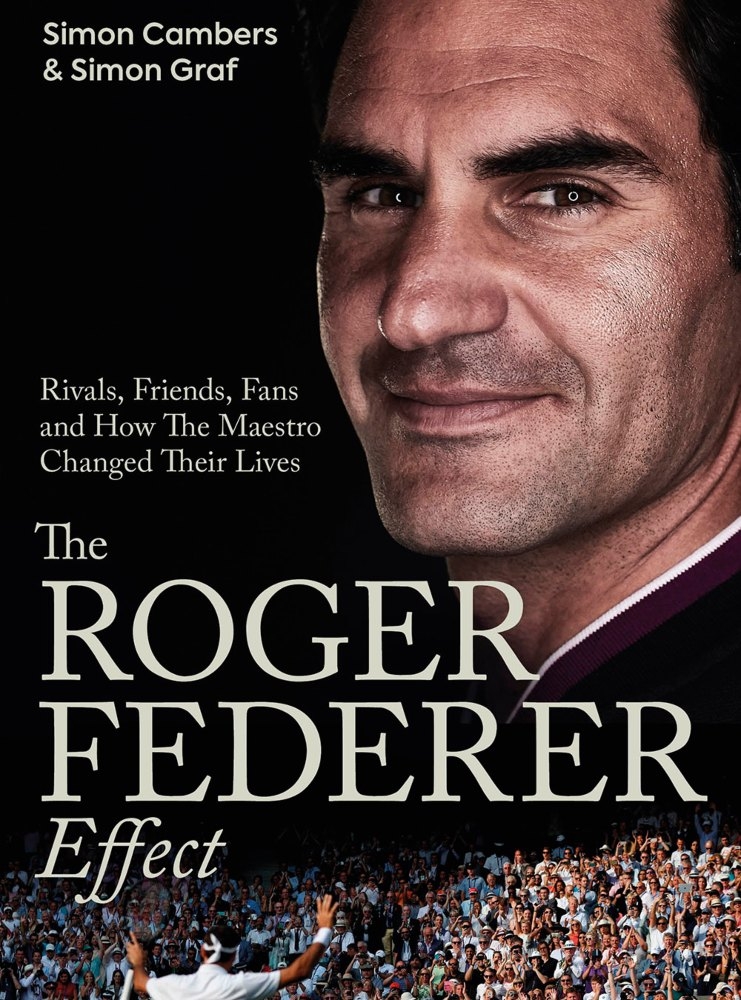
Other figures in Federer’s life we could not reach
As many people probably know, Federer does not officially authorise any books about him. That’s totally fine. As the writing process proceeded, Simon Graf let Federer know about it and I spoke to his long-time agent, Tony Godsick. We knew that speaking to his absolute inner circle was not possible and we respected that.
Of course, there were some people we could not reach, or who did not want to take part. Andre Agassi issued a very polite no early on, Lindsey Vonn, the legendary skier and a huge Federer fan, was close but we couldn’t make it happen; the same for Anna Wintour, who actually said yes at Wimbledon but we ran out of time. Andy Roddick and Tim Henman would have been great; Bear Grylls, others too.
Perhaps we will have the chance to update it, in which case we can try some of those people again. But the sheer variety of the people we did speak to and the enormous pleasure they showed in talking about Federer, was really something. The photos they shared with us, which we use in the book, are all fantastic insights into his life.
Federer will be really missed on Tour, of that there’s no doubt. But his legacy will live on for a long time and hopefully our book will help to play a small part in that.
